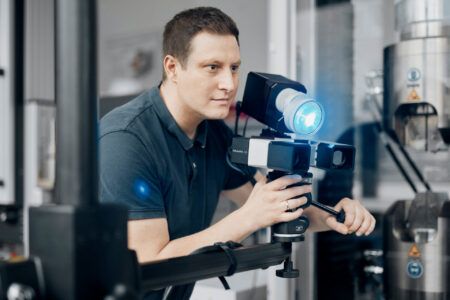The European Defence Agency has deployed an advanced unmanned chemical, biological, radiological, and nuclear reconnaissance system.
The use of sensors and unmanned drones in the system is set to speed up analysis for chemical, biological, radiological, and nuclear (CBRN) defence, and slash response times to threats.
The CBRN Reconnaissance and Surveillance System (RSS) has been developed by CNS Solutions & Support, a member of the Frequentis Group.
The CBRN-RSS features a data fusion cell (DFC) to integrate sensor and unmanned systems data, through its incident crisis management (ICM) technology. The DFC serves as a centralised hub, seamlessly integrating information from various sources including sensors and drones, therefore enabling comprehensive analysis and rapid decision-making.
“Our DFC has transformed CBRN defence in Europe, empowering military personnel with real-time intelligence to respond swiftly and effectively to emerging threats,” said Peter Skiczuk, vice president defence for Frequentis.
“CNS is dedicated to enhancing CBRN defence technologies. Future phases will focus on readiness for full military deployment, ensuring continued security for European nations,” said Stefan Ringsmuth, managing director of CNS Solutions & Support.
The use of drones equipped with sensors and uncrewed robotic vehicles enables the faster detection and assessment of hazardous substances, mitigating risks to human personnel. By leveraging data fusion and real-time analysis, commanders can gain critical insights to make informed decisions, ensuring the safety of both military personnel and civilians.
“Normally, it would take us two hours to achieve this result. With the use of these modern technologies, we can reduce this time to 40 to 45 minutes, and we don’t have to bring soldiers directly to the source of danger, as this is taken over by robots and drones,” said Colonel Schlechter, Commander of the CBRN Defence Center/Austria (ÖBH).
The development of the system for the Ministries of Defence of EU member states was funded by the EDIDP (European Defence Industrial Development Programme) and the European Union.





